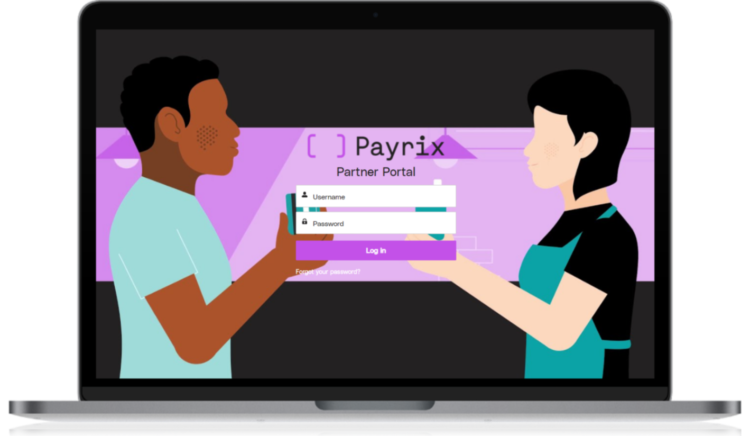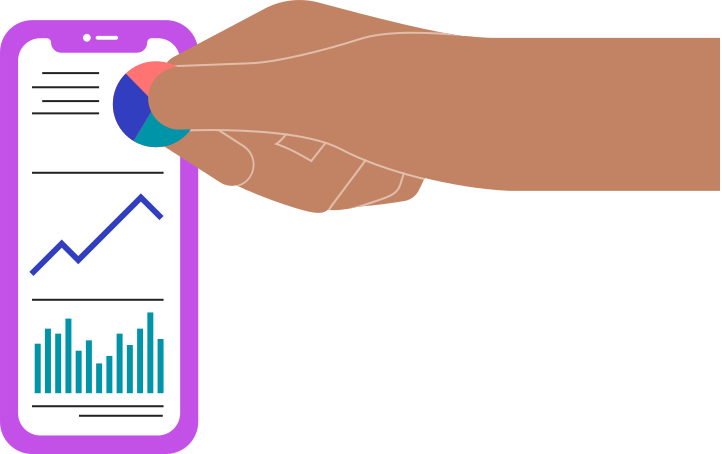How To: Use Your Payments Data To Unlock Business Growth
As integrated payment systems become commonplace amongst software providers, companies are beginning to identify new and innovative ways to set their service offerings apart from their competitors.
Using and monetising your payment data provides a great layer of extra opportunity you can maximise to grow your business and position yourself as a thought leader in your industry.
Not only do integrated payment providers help businesses realise time and cost efficiencies through payment processing and integration with your existing business systems, but the amount of data and frequency with which it’s updated can improve your reporting and insights too.
Whether you’ve had a payments platform implemented in your business for some time or you’re thinking of introducing this to your business, accessing your payments data can provide you with the insights you need for stronger decision-making while positioning you as a thought leader with your customers.
This article outlines what payments data is and why it’s valuable, how you can access and analyse your payments data, and how you can use this data to drive business growth.
What is payment data, and why is it valuable?
When used correctly, payment data can be a useful tool to grow your business, help your clients grow their businesses, and get a complete view of how money is moving through your customer’s businesses.
Payment data is made up of a vast range of key data points that are recorded through the process of making a payment or series of payments, and can include:
- Transaction Date and Time
- Date of Settlement
- Payment Method or Type
- Transaction Value
- Number of Failed Attempts
- Masked Card Details i.e. first 6 and last 4 digits
- Card Expiry Dates
- Transaction Fees Charged
- Card Scheme Provider – Visa, MasterCard, AMEX
- Issuing Bank
- Card Details (Masked)
- Customer Name
- Contact Details
- Phone and Mobile Numbers
- Email Address
- Location/Address
- Date of Birth
- Number of transactions over a set period
- Number of failed payment attempts
- Number of successful payments
- Number of payments via Payment Type or Method
- Average Transaction Value (calculated)
- Most Recent Payment Date
- Upcoming Debits
- Amount Outstanding
- Scheduled Payment Start Date
- Scheduled Payment End Date
- Number of payers
- Number of cancellations
- # Chargebacks/Claims
- Average Transaction Value (calculated)
- Upcoming Debits
- # Refunded Payments
- # Successful Payments
- Settlement Amounts
- Fees
- Average number of payers per merchant
- # Total chargebacks/claims across an industry sample
- Average Transaction Value across all merchants or industry sample
- MoM growth/decline in total payment value
- Total number of transactions per payment type
- Average fees vs. revenue per payment
- Proportion of once-off vs return customers across industry sample size or merchant portfolio
The more data you have, the more you can model and analyse this data to create valuable insights for your company. At Payrix, we handle hundreds of data points and aggregate them into pre-built reports ranging from individual transaction insights to overall company performance.
By analysing this data, you can better understand your customers, provide educated insights, and identify growth areas in their business and broader industry. Not only will this help you strengthen your payment processing offerings, but it will give you a valuable touchpoint to keep delivering an exceptional customer experience.
What to look out for in your transaction data
There are many data points in every transaction, from payment methods to identifying one-off and returning customers. If you provide payment processing in your SaaS or software business, here are some of the data points you should collate and analyse to gain valuable insights:
Important payment data points
-
The most popular payment methods, and how these are processed. For example, identifying the amount of POS payments that are made using digital wallets.
-
Failure rates and the payment methods and/or channels where this occurs most.
-
Chargebacks, including how often these happen and if it’s on specific products and services.
-
Changes in frequency of payment types, payment values, or failed transactions to identify trends.
-
The average transaction value across the business, plus an indication of peak and off-peak times.
-
Cost vs revenue per payment type, to indicate what type gives the best return across your client portfolio.
-
The proportion of recurring and one-off customers in the business. In the case of recurring offerings, you can also look at the average time a person remains a customer to better understand the customer journey.
How to access your payments data
There are a few different ways to access your transaction data. The most common ways are through your integrated payments provider (like Payrix) via API calls, unified data insights such as pre-built reporting dashboards (i.e. within Payrix Portal), and modelling customised reports within your own platform. Here’s how accessing your payments data through three different paths may look:
1. Extract payment data using API or exports
Review your transaction data using a series of API calls to extract the data you need. You can use a variety of sophisticated API calls to surface this in your own platform or through your accounting, CRM or ERP software, if it’s integrated across your business. Alternatively, you can export your payments data to an Excel file. This can be a good option if you need access to specific data points or granular details.
Have a look at some of our most popular payment data API calls in our REST documentation here:
- Settlement Report
- Payer Search
- Transaction Search
Want to see more? Click the link to access our full REST API documentation below:
2. Access unified data and pre-built reporting dashboards
View your reporting dashboards, such as Payrix’s pre-built reporting tools, to instantly access and analyse the exact data you need. You can view settlement reports, rejections reports, activity reports and more. Plus, with a Partner Portal license you can access an even wider range of pre-built reports, giving you useful insights on merchant activity and performance across your entire portfolio.
3. Modelling Data In Your Own Platform
Using the API calls and payment data coming from your Integrated Payments Provider, you can set up your own reporting dashboards and pre-built reports to access the exact data and insights you need. For example, you could combine customer details like age or # of payments with average transaction value to see if there is a correlation in your target audience.
Each method and access point will provide slightly different information, so it’s important you dig into as much information as possible and use the analytics tools available to streamline the process. For example, Payrix includes pre-built reports and API documentation to provide unified data insights to our payment partners. These dashboards can be used internally to assess your customer’s performance and provide insights and directly with your clients to provide them with immediate insights too.
How to use your payments data for business growth
Once you’ve accessed the transaction data across your business, whether it’s at a high level or on a line-item basis, you can analyse the information to provide your customers with valuable advice. This will position you as a thought leader in your vertical and demonstrate your commitment to helping your customers succeed. As a result, your business growth will accelerate too.
What you can do with your payments data:
-
Help clients reduce chargebacks by identifying where and when this is occurring most and providing education on reducing their exposure to fraud.
-
Identify opportunities to improve your platform by looking for customer pain points such as late payments or areas of double data entry and offer steps to address these problems.
-
Create in-depth reporting and dashboards to give clients real-time insights.
-
Improve the customer experience further by providing a free session to run through their reporting dashboard, emphasising their current strengths and areas for growth.
-
Monetise these experiences through providing reporting and dashboard features on a monthly subscription basis or as a value add when you’re securing new customers, allowing you to charge an overall higher rate.
-
Educate your customers and provide industry level insights with high-level analysis across all your clients’ activity, product performance, average transaction value and more.
-
Use the insights to fuel content for an annual report on your industry, if your sample size is large enough.
Leverage your payments data and grow with Payrix
There is a treasure trove of information within your payments data. Analysing it at high and granular levels will give you and your customers the insights required to continue growing. Whether you’re looking to improve your technology platform or exploring new ways to add value to your customers, using your payments data to provide rigour and structure for this process is invaluable.
Would you like to learn more about how you can use your payments data to grow your business? Get in touch today to see how Payrix can transform your business.




